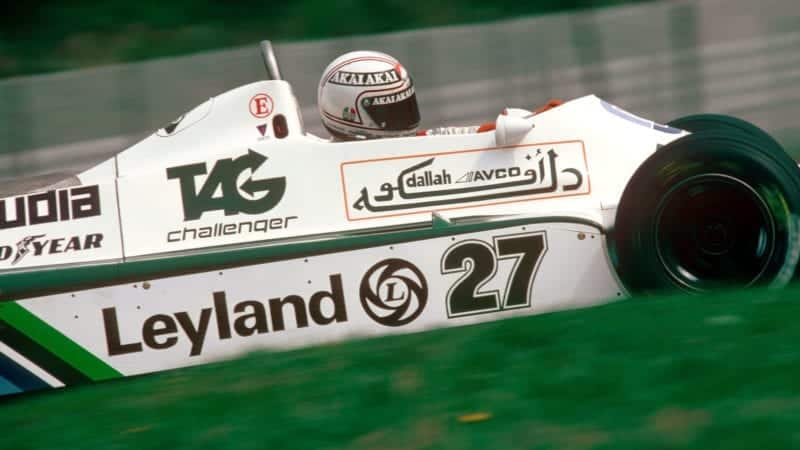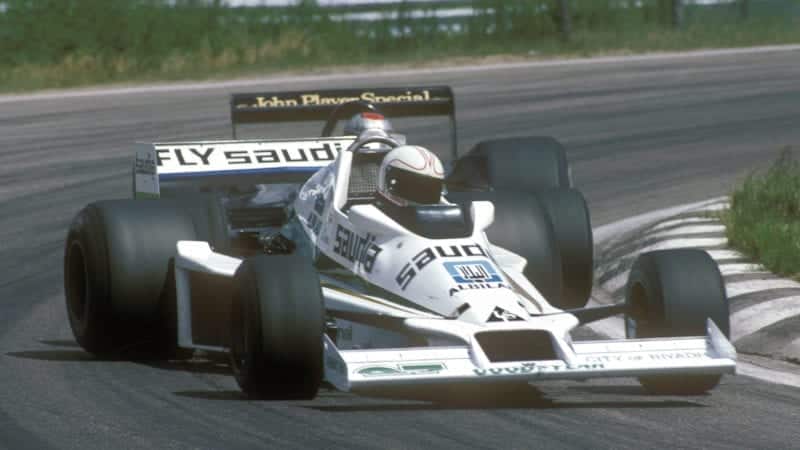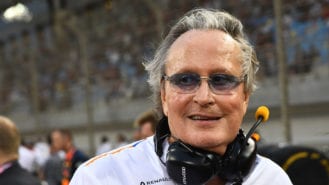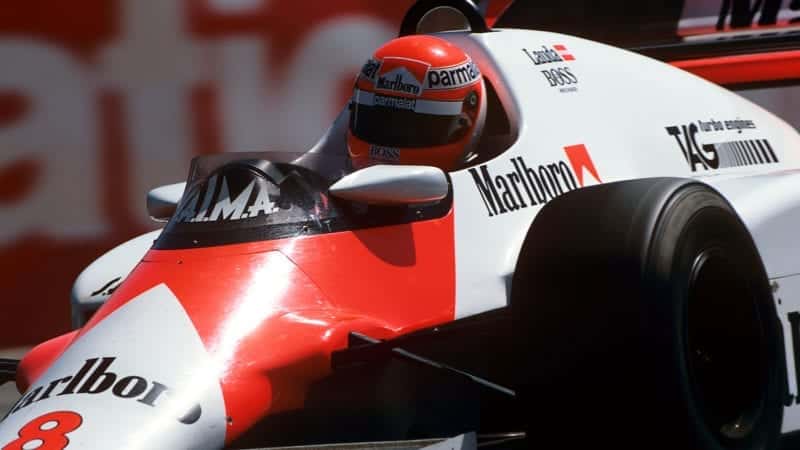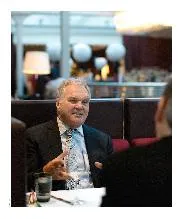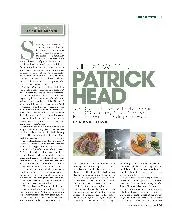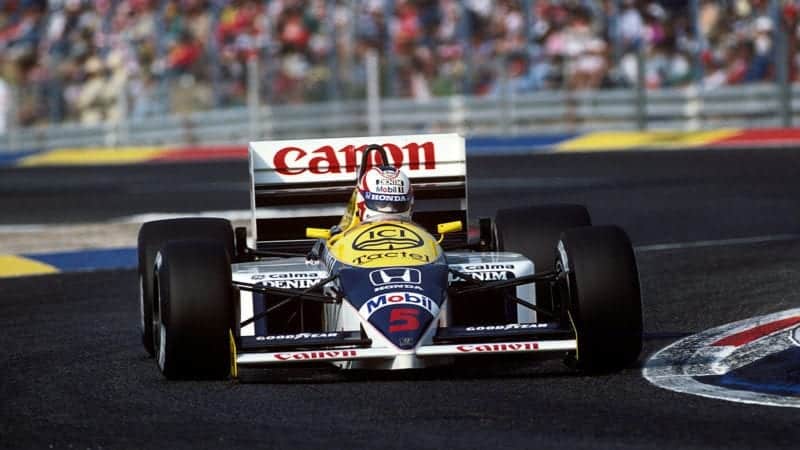“Mansour was an absolute perfect gentleman,” says Head. “As was his brother Aziz, who didn’t really play much part in the involvement as a sponsor. We never saw their father Akram at all.”
Having become title sponsor the ambitious Ojjeh wanted to extend his involvement into a shareholding.
“Mansour, after a year or so, started putting in a considerable amount of money for those days, maybe over a million pounds a year,” says Head. “And he said he wanted to be more involved and would like to buy a small amount of the company, something like 15%. And Frank said no.”
This was sometime around 1981. But having finally achieved success, Williams did not want to dilute the ownership of the company that he shared with Head. It was a policy that he would maintain for some three decades.
In fact Frank probably took TAG’s involvement somewhat for granted, especially given that Ojjeh was so undemanding.
“Mansour and his wife Kathy used to come to quite a lot of Grands Prix,” says Head. “They were absolutely charming, and would have been absolutely ideal as small part-owners of Williams. But Frank didn’t see it that way.
“I was very much head down with my pencil designing the cars, so I didn’t really play a part. But I always found Mansour and his family to be wonderful people, and it was always a pleasure to see them.
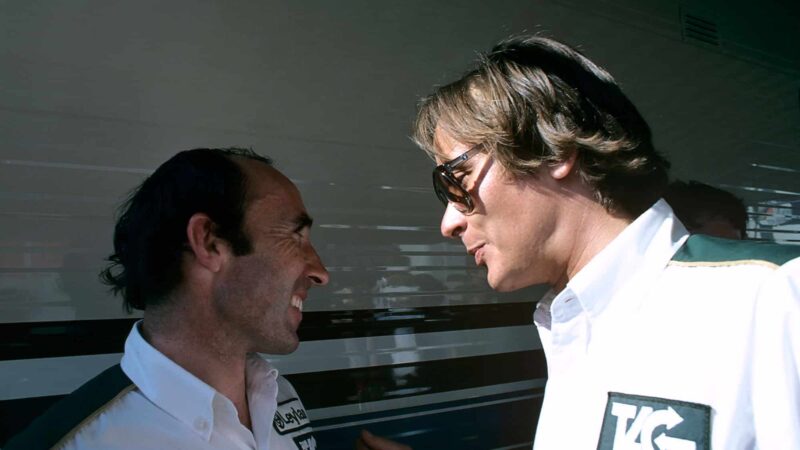
Williams and Ojjeh in 1980
Paul-Henri Cahier/Getty Images
“So it was a perfect environment for when Ron Dennis for what became the TAG Turbo engine approached Mansour, and Mansour said, yes, basically.”
Dennis had commissioned Porsche to build a V6 turbo to a spec outlined by John Barnard, and he was now looking for someone to finance it. In typical F1 “Piranha Club” style he identified the sponsor of one of his biggest rivals as a potential source of funding.
“Ron was pretty quick on his feet,” Williams told Alan Henry. “And he certainly did a very good sales job on Mansour. We were very unhappy about it, but that’s Ron’s modus operandi.”
